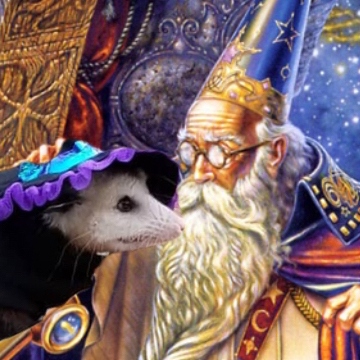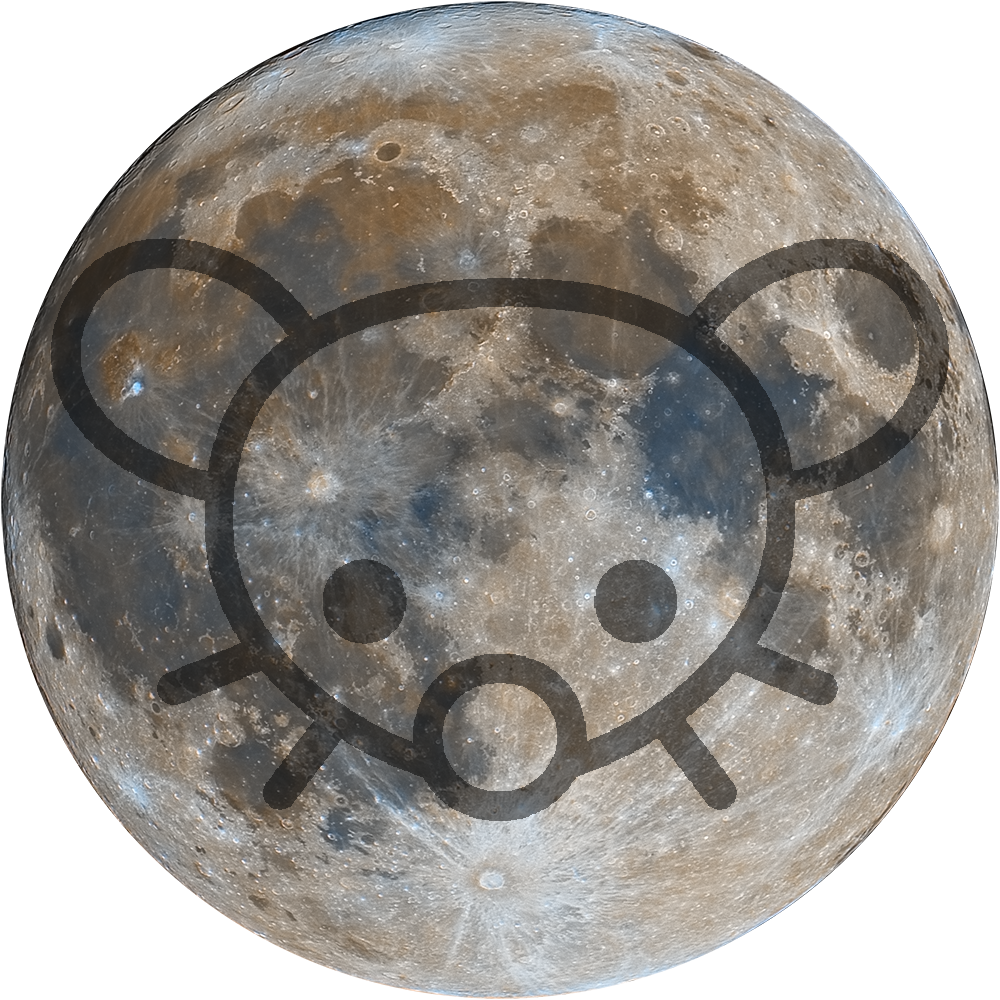My last go at this nebula was back in late 2019, and I think I’ve gotten a little better since then (equipment is the same across both photos). The nebula in this pic is false color (SHO/Hubble palette), but the stars are true color RGB. Captured over a bunch of nights from January-April 2025, from a bortle 9 zone.
Places where I host my other images:
Flickr | Pixelfed
-
TPO 6" F/4 Imaging Newtonian
-
Orion Sirius EQ-G
-
ZWO ASI1600MM-Pro
-
Skywatcher Quattro Coma Corrector
-
ZWO EFW 8x1.25"/31mm
-
Astronomik LRGB+CLS Filters- 31mm
-
Astrodon 31mm Ha 5nm, Oiii 3nm, Sii 5nm
-
Agena 50mm Deluxe Straight-Through Guide Scope
-
ZWO ASI-290mc for guiding
-
Moonlite Autofocuser
Acquisition: 70 hours 5 minutes (Camera at -15°C), unity gain
-
Ha - 123x600"
-
Oiii - 147x600"
-
Sii - 135x600"
-
R - 53x60"
-
G - 51x60"
-
B - 51x60"
-
Darks- 30
-
Flats- 30 per filter
Capture Software:
- Captured using N.I.N.A. and PHD2 for guiding and dithering.
PixInsight Preprocessing:
-
BatchPreProcessing
-
StarAlignment
-
Blink
-
ImageIntegration per channel
-
DrizzleIntegration (2x, Var β=1.5)
-
Dynamic Crop
-
DynamicBackgroundExtraction
duplicated each image and removed stars via StarXterminator. Ran DBE with a shitload of points to generate background model. model subtracted from original pic using the following PixelMath (math courtesy of /u/jimmythechicken1)
$T * med(model) / model
Narrowband Linear:
-
Blur and NoiseXTerminator
-
StarXterminator to completely remove stars from each the image
-
HistogramTransformation to stretch Ha and Sii images to nonlinear
Broadband/RGB linear:
-
ChannelCombination to make color image from R G and B stacks
-
SpectrophotometricColorCalibration
-
HSV repair to fix blown out star cores
-
StarX (correct only)
-
StarX to make a stars only image
-
ArcsinhStretch + Histogramtransformation to stretch nonlinear (Calling this the Stars image now)
-
SCNR > Invert > SCNR (50%) > Invert to remove greens and some magentas from stars
-
Slight saturation boost
Nonlinear:
-
ChannelCombination to combine stretched narrowband images into color image (SHO --> RGB)
-
Shitloads of curve transformations to adjust lightness, contrast, saturation, color balance, etc
-
LRGBCombination with stretched Ha as luminance
-
ColorSaturation
-
NoiseXterminator
-
LocalHistogramEqualization
-
Clone stamp to remove a couple highly saturated star spots that starx didn’t remove (they looked incredibly out of place)
-
Pixelmath to add in the stretched RGB Stars image from earlier
This basically re-linearizes the two images, adds them together, and then stretches them back to before. More info on it here)
mtf(.005,
mtf(.995,Stars)+
mtf(.995,Starless))
-
DynamicCrop again
-
Resample to 60%
-
Annotation
-

